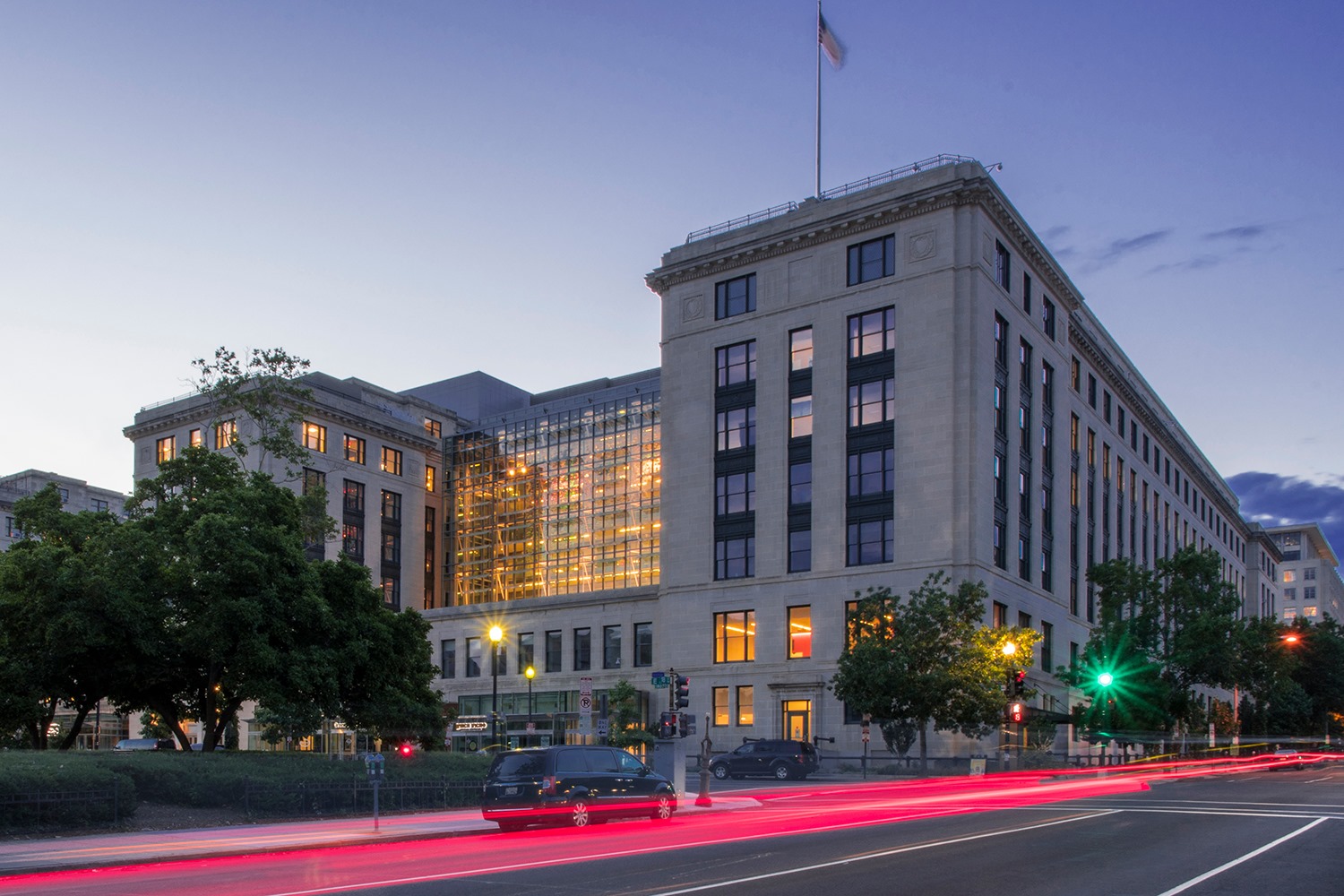
Deep Energy Retrofits: Modernizing Federal Buildings for Sustainability

Introduction
As part of the White House’s Climate Smart Buildings Initiative, our National Deep Energy Retrofit program aims to modernize federal buildings by implementing deep energy retrofits. These retrofits are designed to reduce greenhouse gas emissions and site energy consumption. The program aligns with the goals of Executive Order 14057, which focuses on decarbonizing federal buildings and promoting environmental justice.
What is a Deep Energy Retrofit?
A deep energy retrofit involves renovating buildings to achieve a minimum 40% reduction in site energy use. While these retrofits may require higher upfront costs, they offer greater long-term value compared to quick-fix solutions. Successful deep energy retrofits adopt an integrative and whole-systems approach, combining multiple energy conservation measures (ECMs) to maximize energy and cost savings.
How Can Agencies Further Their Efforts?
Agencies may have already implemented certain load reduction and passive strategies during construction. However, it is crucial to continually assess and improve the performance of federal buildings. To enhance sustainability efforts, agencies can evaluate their sites for the need for a deep retrofit. Additionally, they can explore various procurement options and follow best practices outlined in the deep energy retrofit process.
Procurement Options
- Energy Savings Performance Contracts (ESPCs) and Utility Energy Service Contracts (UESCs): These contracts enable agencies to upgrade buildings with comprehensive energy-saving solutions. By partnering with energy service companies, agencies can achieve long-term cost reductions, enhance resilience to energy price volatility, meet energy and climate mandates, and create job opportunities. The ENABLE program allows agencies to initiate small federal projects within six months through the GSA Schedule.
- Power Purchase Agreements (PPAs): PPAs enable agencies to purchase power generated from renewable energy systems installed on federal property. The developer owns, operates, and maintains the system throughout the contract’s duration.
- ESPC Energy Sales Agreements: Similar to PPAs, ESPC Energy Sales Agreements leverage the multiyear ESPC authority to implement distributed energy projects on federal buildings or land.
Accomplishments
From 2013 to August 2022, our deep energy retrofit program has achieved the following:
- 43 task orders awarded
- 38% average energy reduction
- $827 million investment value
- 220 facilities and 104 million square feet
- $55 million annual savings
- 1,272 billion BTUs annual energy savings
- 152 million gallons annual water savings
Success Stories
Our deep energy retrofit success stories include:
- The New Carrollton Federal Building: Achieved 60% energy reduction, 56% water reduction, and an estimated 20,000 metric tons reduction in greenhouse gas emissions through ESPCs.
- The Almeric L. Christian Federal Building: Resulted in annual savings of over $500,000.
- The King and Brickell Federal Buildings: Achieved 43% energy savings and 40% water savings through a 15-year ESPC.
Related Resources
For more information, refer to the following resources:
Contact
If you have any questions, please contact ESPCUESCPMO@gsa.gov.
SDGs, Targets, and Indicators
| SDGs | Targets | Indicators |
|---|---|---|
| SDG 7: Affordable and Clean Energy | Target 7.3: Double the global rate of improvement in energy efficiency | Indicator not mentioned in the article |
| SDG 11: Sustainable Cities and Communities | Target 11.4: Strengthen efforts to protect and safeguard the world’s cultural and natural heritage | Indicator not mentioned in the article |
| SDG 13: Climate Action | Target 13.2: Integrate climate change measures into national policies, strategies, and planning | Indicator not mentioned in the article |
| SDG 17: Partnerships for the Goals | Target 17.17: Encourage and promote effective public, public-private, and civil society partnerships | Indicator not mentioned in the article |
1. Which SDGs are addressed or connected to the issues highlighted in the article?
- SDG 7: Affordable and Clean Energy
- SDG 11: Sustainable Cities and Communities
- SDG 13: Climate Action
- SDG 17: Partnerships for the Goals
The article addresses issues related to energy efficiency, building retrofits, and climate action, which are connected to SDG 7, SDG 11, and SDG 13. Additionally, the article mentions partnerships with energy service companies, which relates to SDG 17.
2. What specific targets under those SDGs can be identified based on the article’s content?
- Target 7.3: Double the global rate of improvement in energy efficiency
- Target 11.4: Strengthen efforts to protect and safeguard the world’s cultural and natural heritage
- Target 13.2: Integrate climate change measures into national policies, strategies, and planning
- Target 17.17: Encourage and promote effective public, public-private, and civil society partnerships
The article’s content aligns with these targets as it discusses deep energy retrofits to improve energy efficiency (Target 7.3), the importance of continually reassessing and improving building performance (Target 11.4), the need to decarbonize federal buildings (Target 13.2), and the partnerships with energy service companies (Target 17.17).
3. Are there any indicators mentioned or implied in the article that can be used to measure progress towards the identified targets?
No specific indicators are mentioned or implied in the article that can be used to measure progress towards the identified targets.
Copyright: Dive into this article, curated with care by SDG Investors Inc. Our advanced AI technology searches through vast amounts of data to spotlight how we are all moving forward with the Sustainable Development Goals. While we own the rights to this content, we invite you to share it to help spread knowledge and spark action on the SDGs.
Fuente: gsa.gov

Join us, as fellow seekers of change, on a transformative journey at https://sdgtalks.ai/welcome, where you can become a member and actively contribute to shaping a brighter future.






